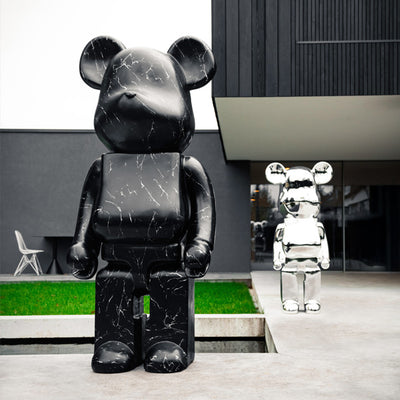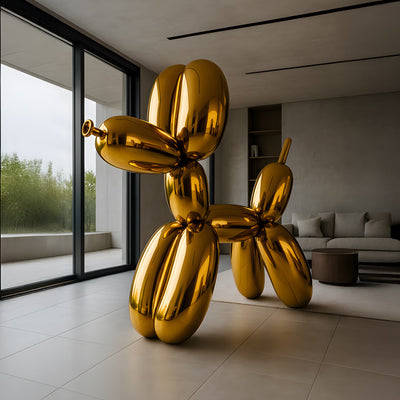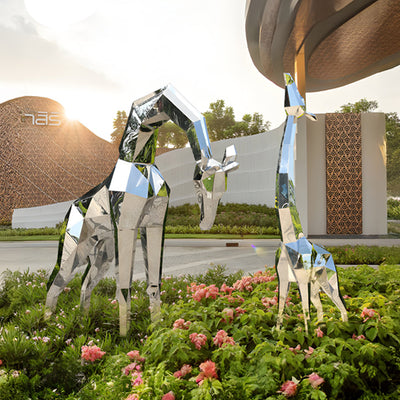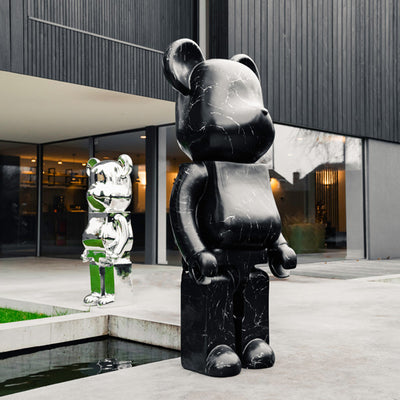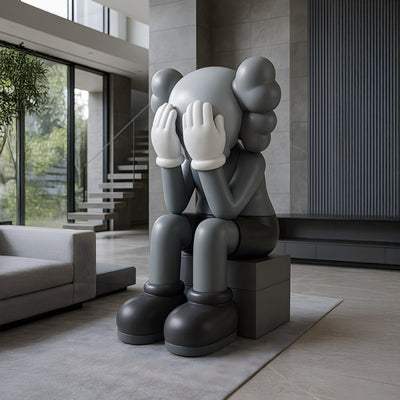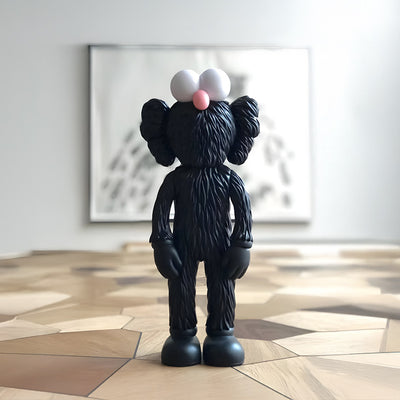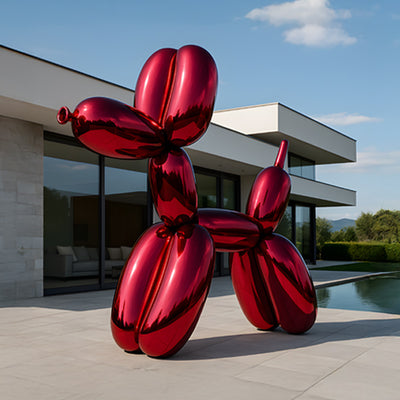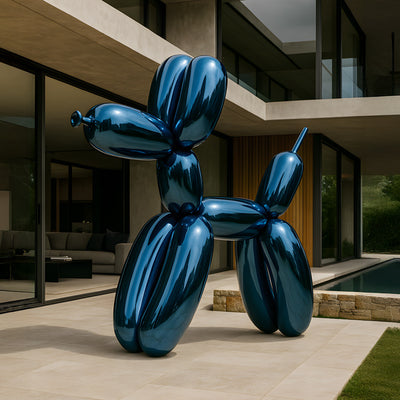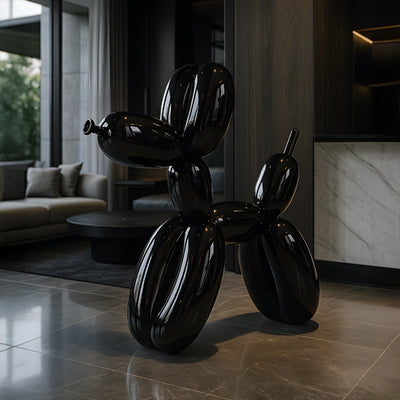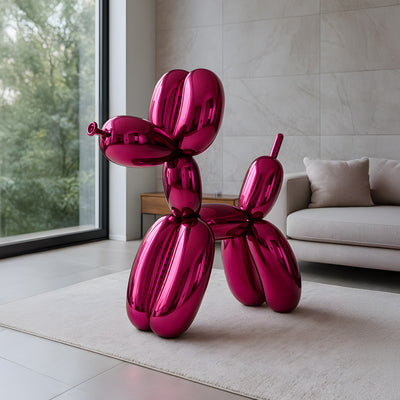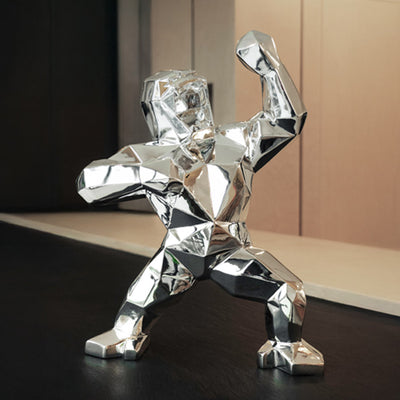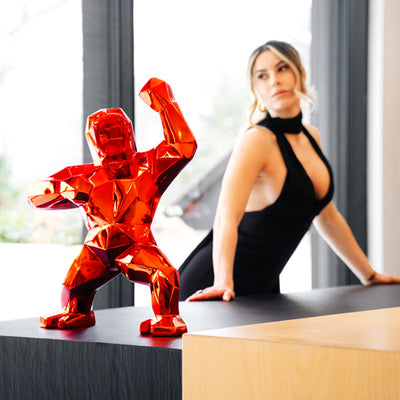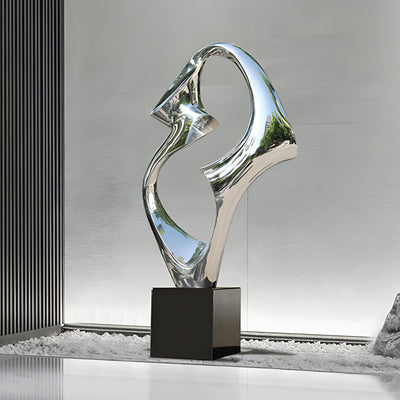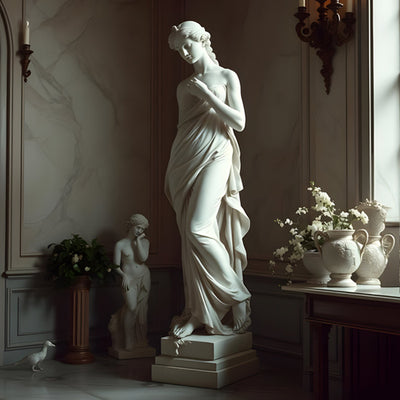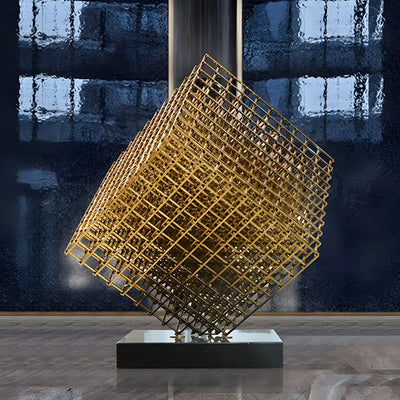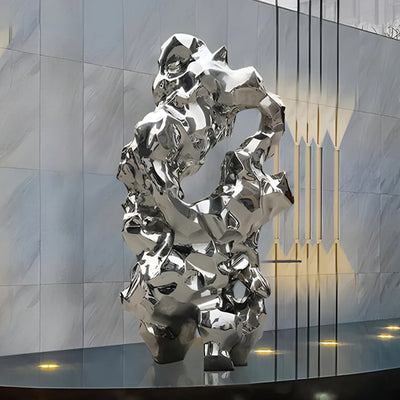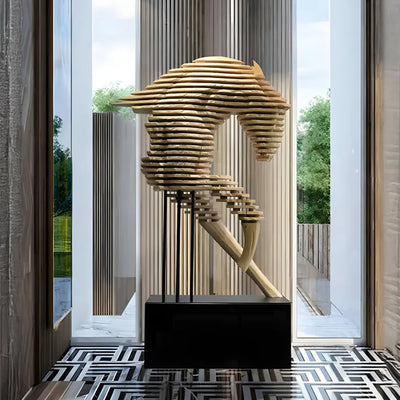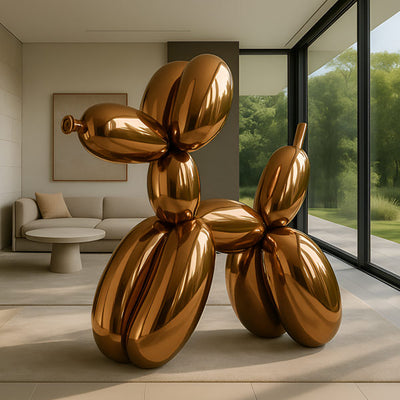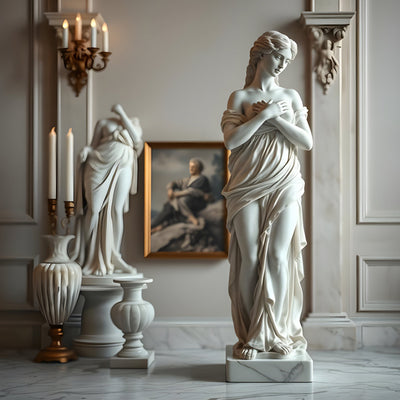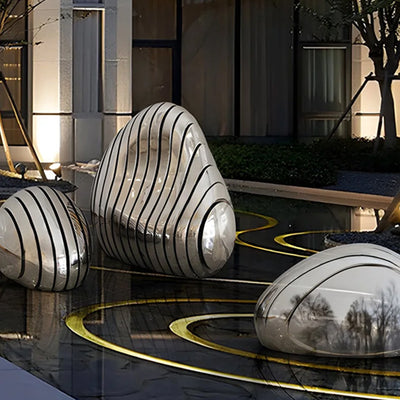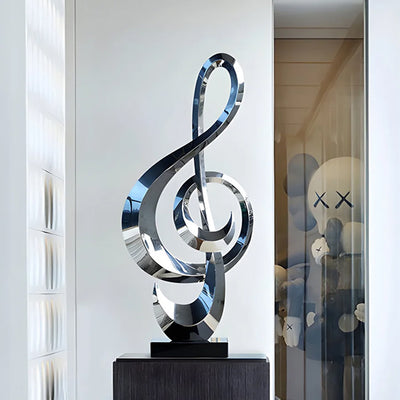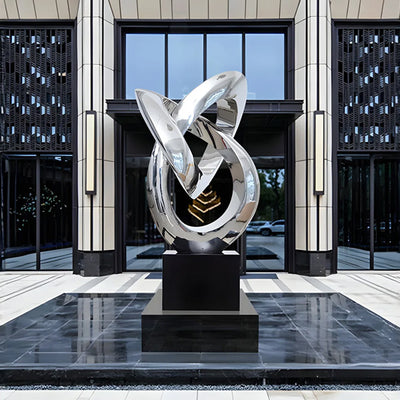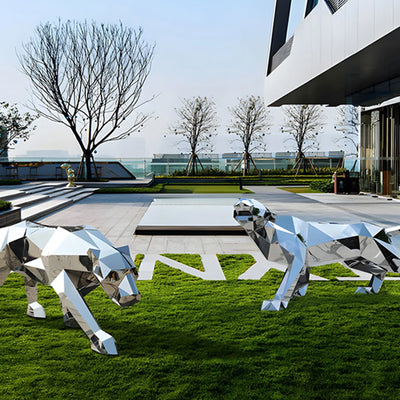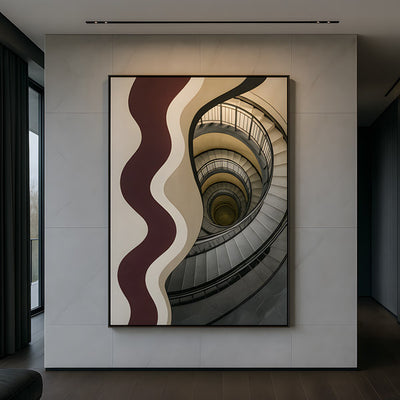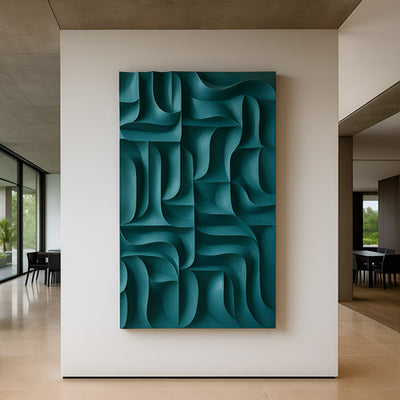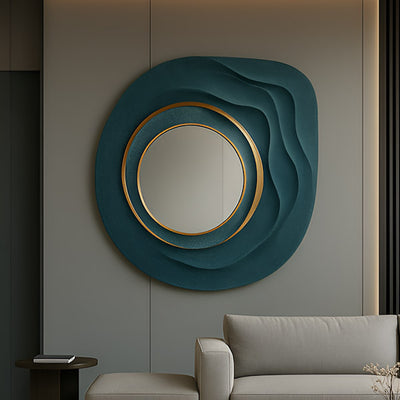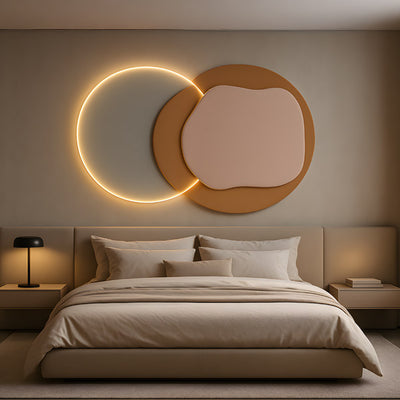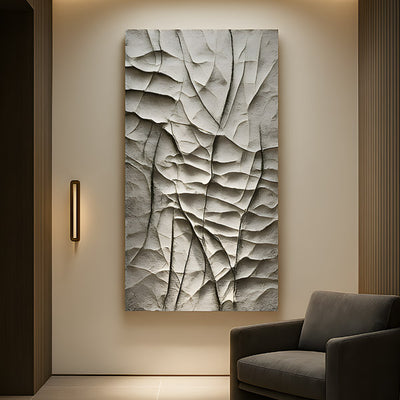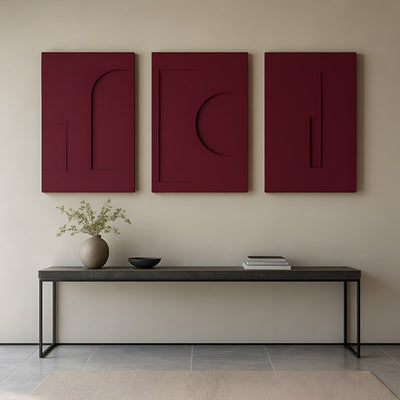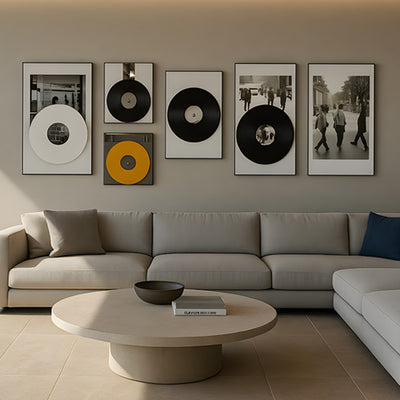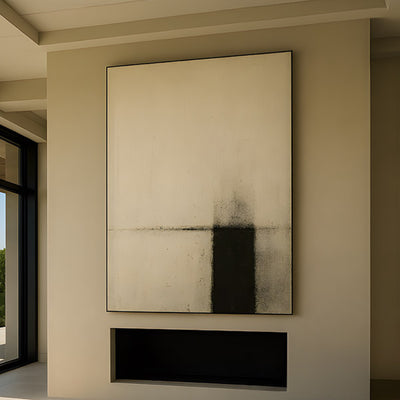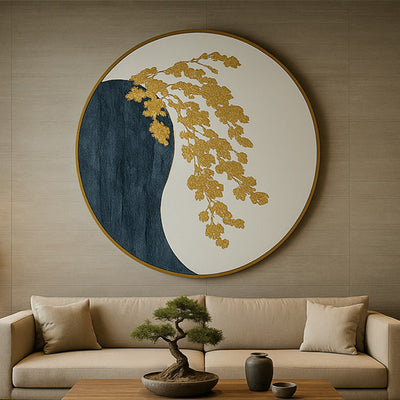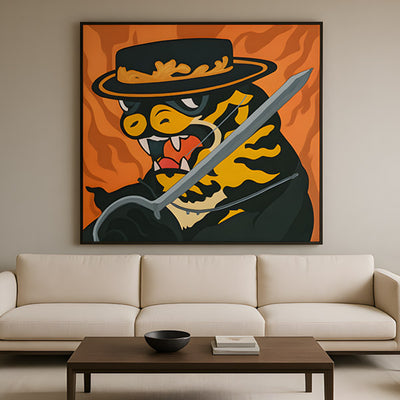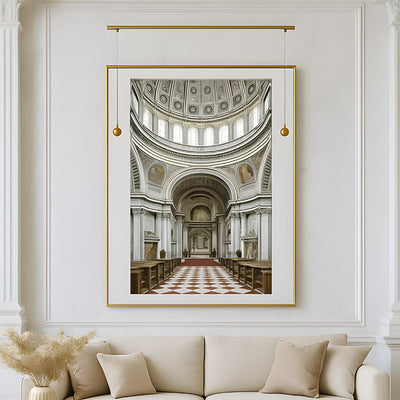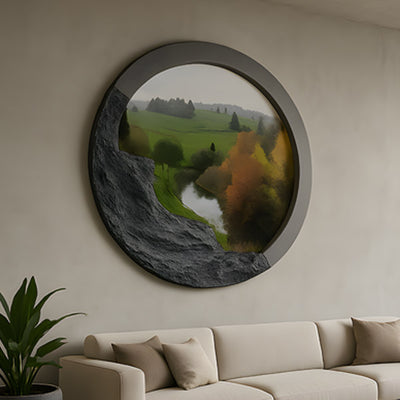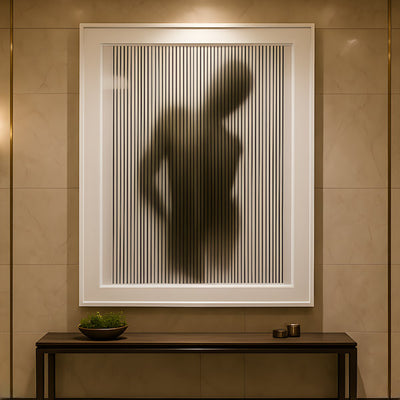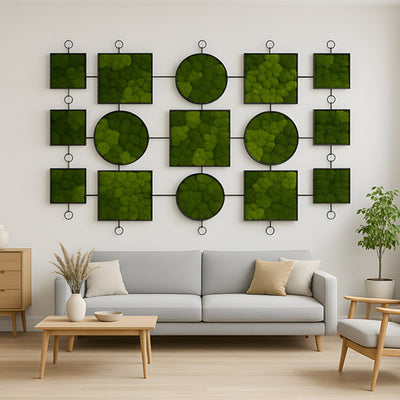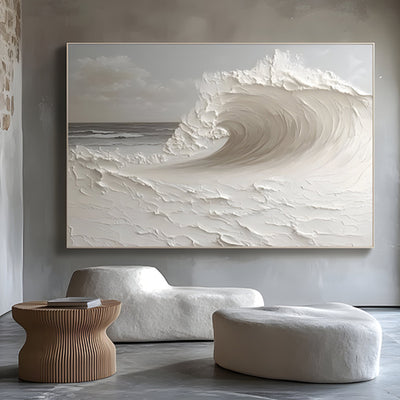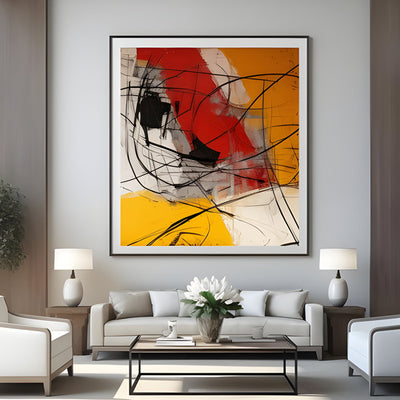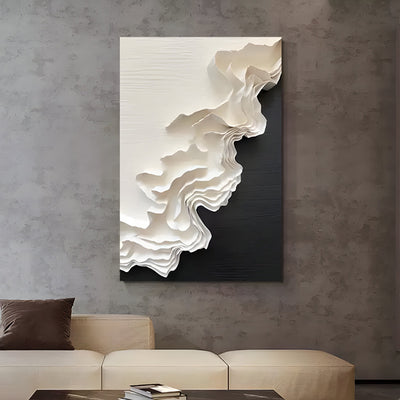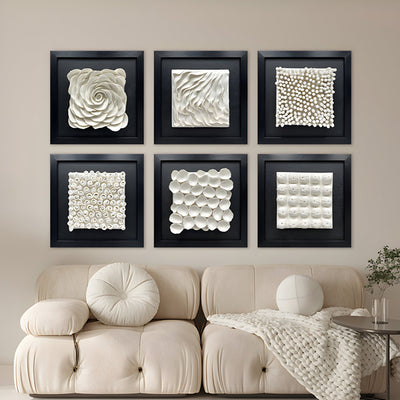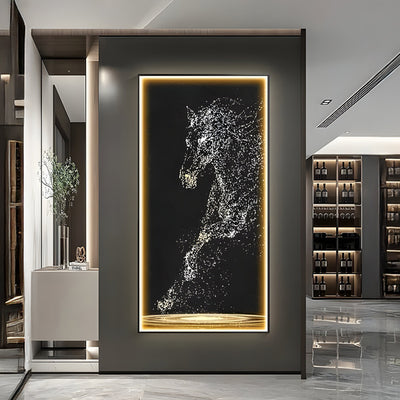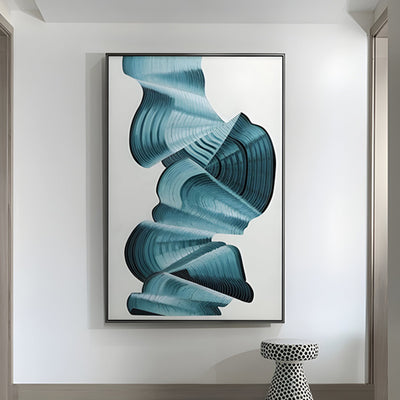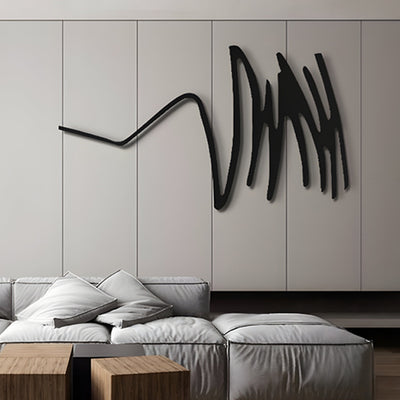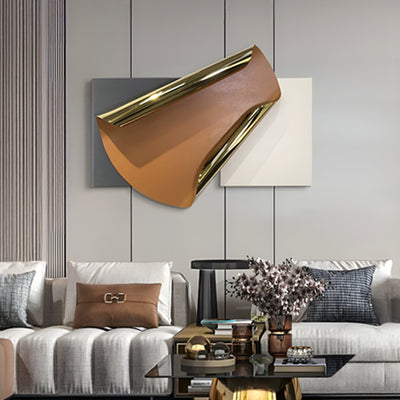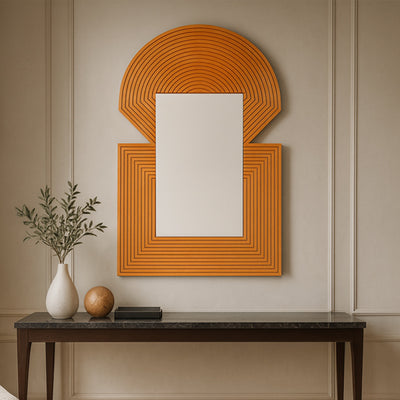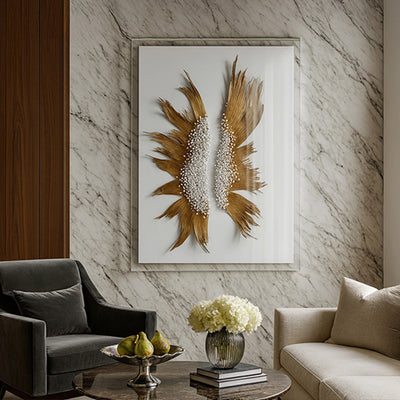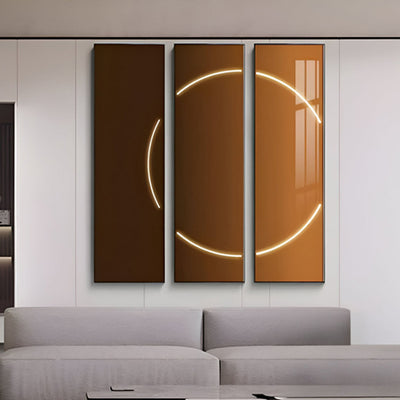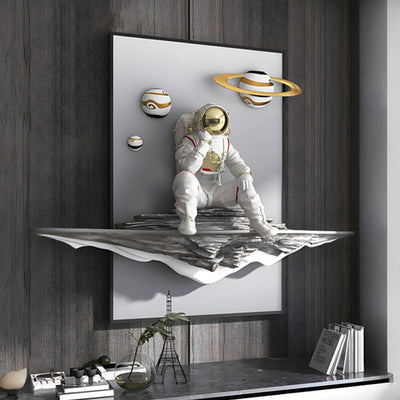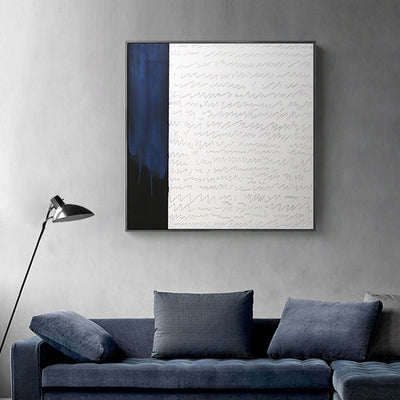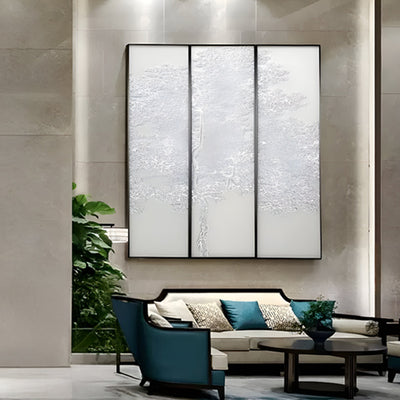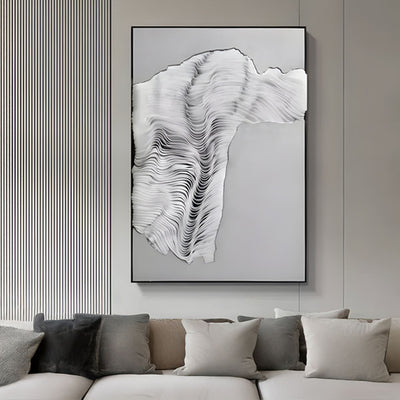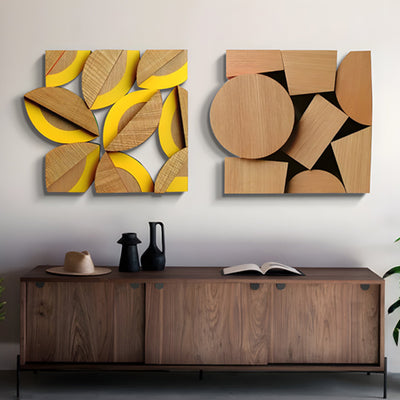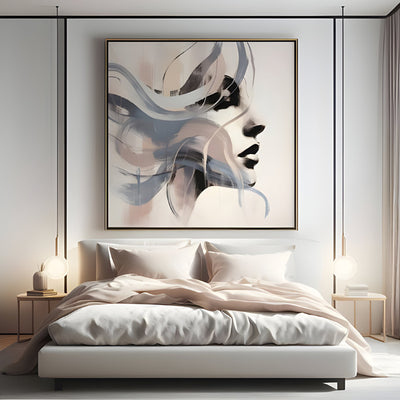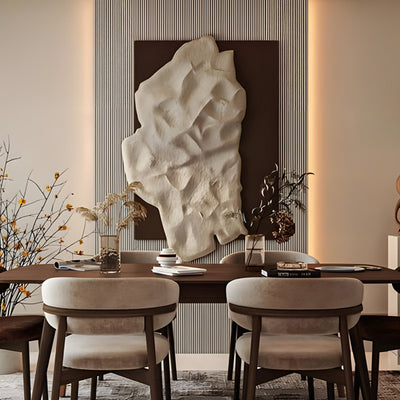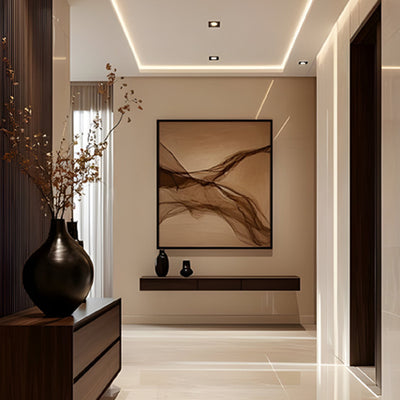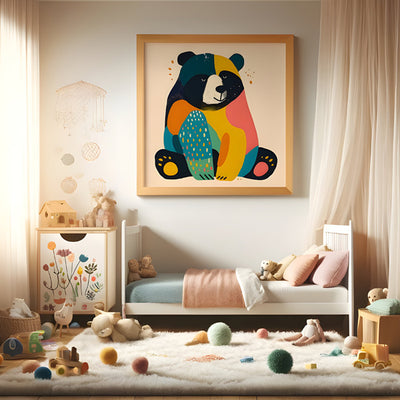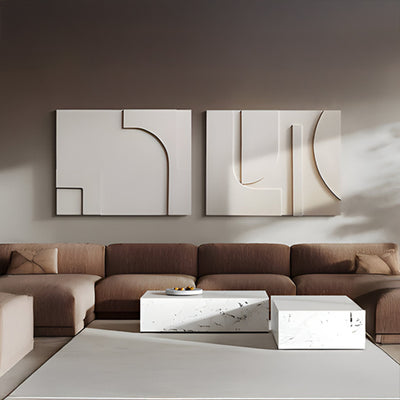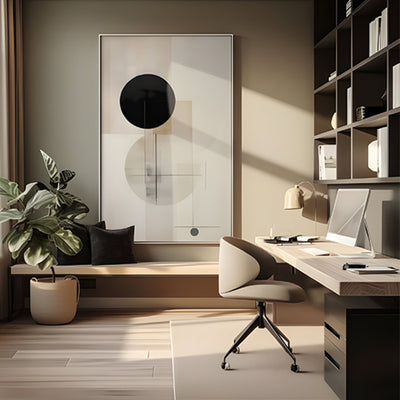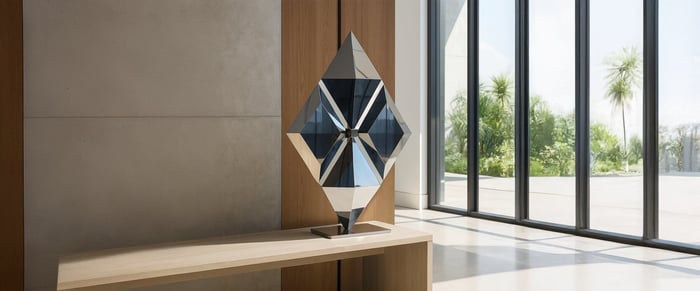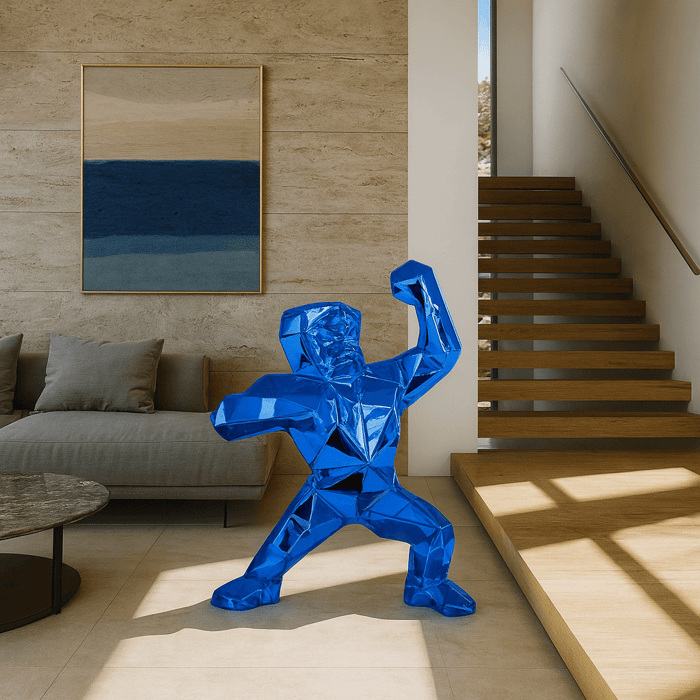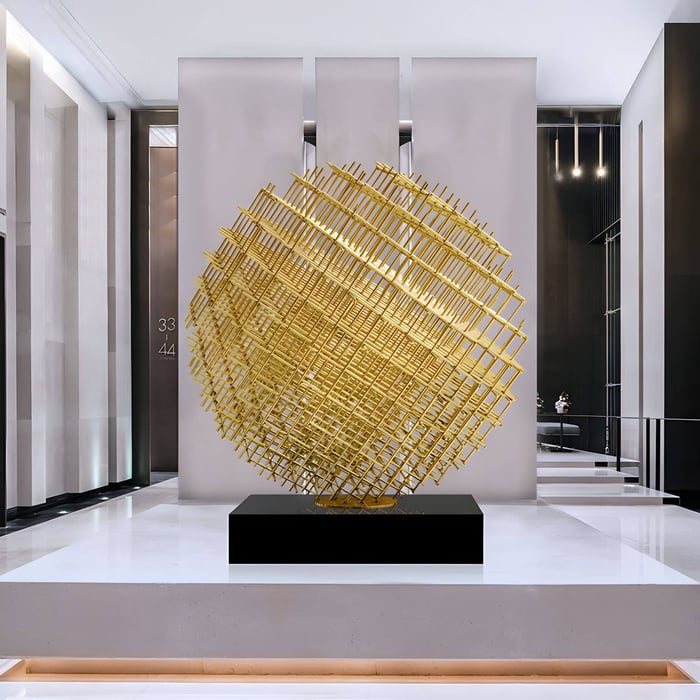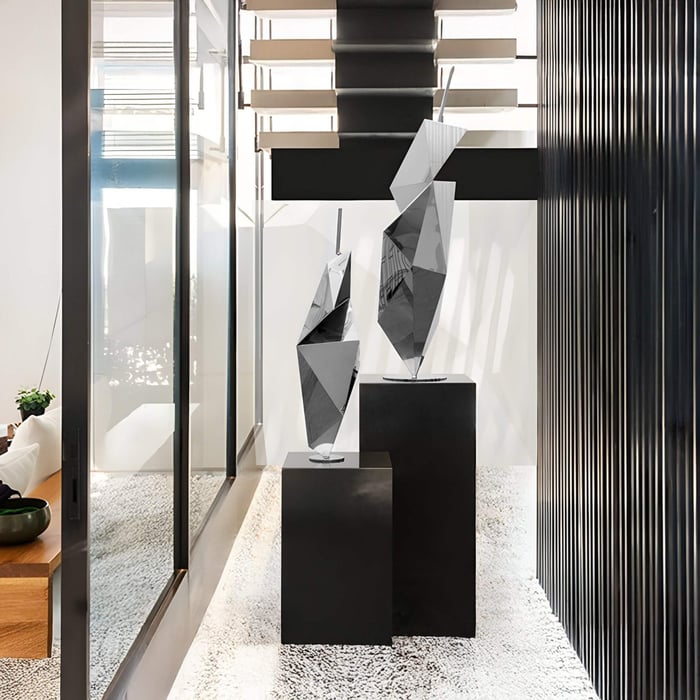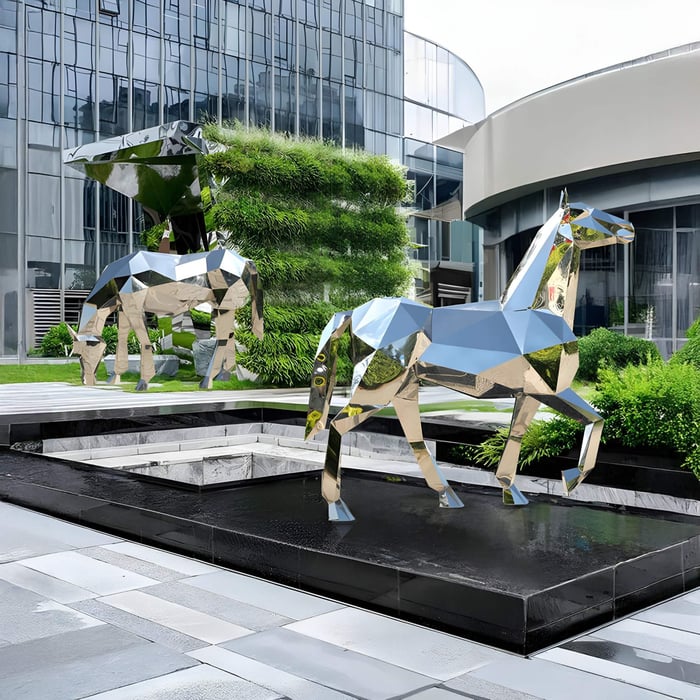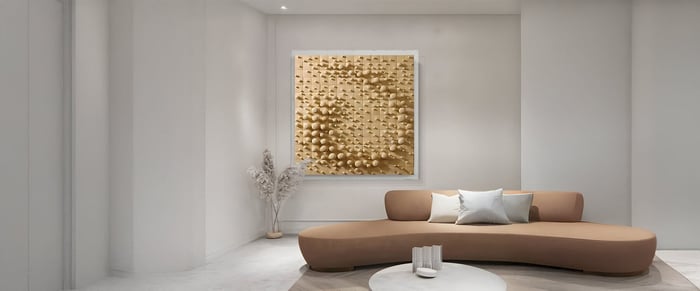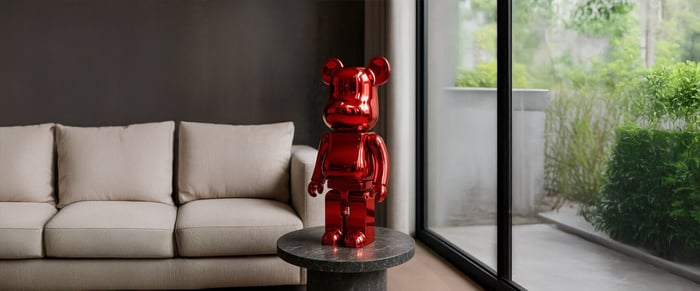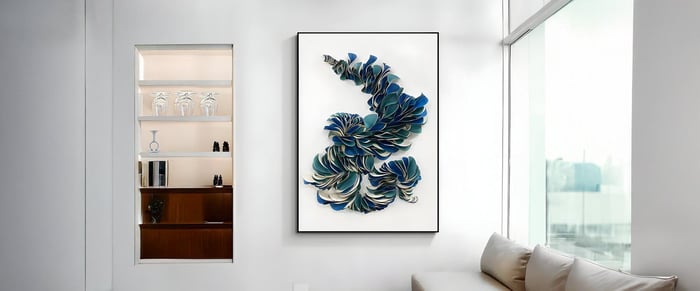Table of Contents
- Introduction - Blurring the Lines Between Indoor & Outdoor
- Why Geometric Sculptures Are Ideal for Both Indoor and Outdoor Spaces
- Materials & Finishes That Make Dual-Use Possible
- Sizing, Scale & Placement Strategies
- Harmonising with Your Interior & Exterior Design
- Care, Maintenance & Adaptation
- Inspiring Examples & Case Studies
- Conclusion - One Sculpture, Two Worlds
- FAQs
Introduction - Blurring the Lines Between Indoor & Outdoor
Picture a sculpture that feels just as natural resting in your living room as it does in your garden. That’s the beauty of geometric sculptures - pieces that move easily between spaces without losing their impact.
Designers and homeowners alike are turning to these versatile works to create continuity across interiors and landscapes. Their clean lines, symmetry, and bold presence lend themselves to many settings, whether as an accent indoors or a statement feature outdoors.
In this guide, we’ll explore why geometric sculptures are so adaptable, the materials and finishes that make them durable, and placement strategies to ensure harmony in both indoor and outdoor environments. You’ll also see inspiring examples that prove how well these modern pieces blur boundaries between home and garden.
Why Geometric Sculptures Are Ideal for Both Indoor and Outdoor Spaces
Unlike ornate figurative works, geometric pieces thrive on simplicity and adaptability. Their abstract nature gives them freedom to work in diverse contexts.
Clean lines and universal forms – Circles, cubes, prisms, and interlocking shapes naturally complement architecture and landscape design.
A bridge to nature – Geometry mirrors patterns found in plants, crystals, and landscapes, helping sculptures feel grounded outdoors yet refined indoors.
Visual continuity – A piece placed in a living room can echo the structure of a patio sculpture, visually connecting the two zones.
Durability and resilience – Many geometric sculptures are crafted from stainless steel or resin with protective finishes, making them suitable for both indoor and outdoor display.
Example: a stainless steel cube polished to mirror finish sits beautifully in a modern atrium, but it also withstands weather in a courtyard. Its symmetry adapts seamlessly across settings.
Materials & Finishes That Make Dual-Use Possible
The success of a dual-purpose sculpture depends on material choice and surface treatment.
Metals – Stainless steel resists rust and offers reflective qualities. Corten steel develops a stable rust-like patina, making it ideal for garden sculptures. Powder-coated finishes extend durability and allow colour customisation.
Resin – Lightweight yet durable, resin sculptures mimic stone or metal finishes but remain easier to move between indoor and outdoor settings. UV stabilisers help prevent fading.
Mixed composites – Combinations of resin, fibreglass, and metal provide structural strength with lower weight.
Protective treatments – UV sealers, anti-rust sprays, and corrosion inhibitors extend life in outdoor conditions.
Indoor vs outdoor impact: indoors, polished finishes reflect ambient lighting and architectural details. Outdoors, natural patinas and textural surfaces interact with sunlight, rain, and foliage for evolving effects.
Sizing, Scale & Placement Strategies
A sculpture’s success lies not only in design but also in scale and placement.
Indoor Placement
Living rooms – A geometric wall sculpture or freestanding resin column can anchor a seating area.
Entryways – Tall narrow pieces provide instant drama when positioned opposite the door.
Atriums or stairwells – Large suspended or floor sculptures maximise vertical space.
Outdoor Placement
Gardens and lawns – Large stainless steel sculptures create commanding focal points against greenery.
Patios and terraces – Mid-sized resin or metal works function as patio décor sculptures without overwhelming.
Near water features – Reflective finishes echo ripples and add dynamic light.
Transition Zones
Glass-walled rooms, verandas, or spaces overlooking gardens are perfect for dual-use pieces. Sightlines matter: a sculpture framed indoors should also read well when viewed from the garden.
Tip: follow the two-thirds rule - sculpture width should roughly be two-thirds of the wall or furniture it complements.
Harmonising with Your Interior & Exterior Design
A geometric sculpture should never feel out of place. Instead, it should echo textures, tones, and lines from its environment.
Texture & colour palette – Match outdoor stone or wood with interior flooring or walls. A sculpture in earthy rust tones can link a stone patio with a warm-toned living room.
Repetition of forms – Repeat geometric shapes found in lighting fixtures, rugs, or architectural details.
Lighting continuity – Use outdoor spotlights or uplighters to highlight forms, while indoors employ ambient LEDs or track lights for consistent glow.
Minimal clutter – Geometric sculptures breathe best with surrounding negative space.
Framing elements – Plants, planters, or furniture pieces can be used to subtly frame the sculpture without overwhelming it.
Care, Maintenance & Adaptation
Geometric sculptures built with outdoor-friendly materials require less upkeep, but routine care ensures longevity.
Cleaning – Soft washing with non-abrasive cleaners keeps resin and metal surfaces pristine.
Monitoring surface wear – Look out for corrosion on metals or fading on resin. Reapply sealants when needed.
Seasonal adjustments – In extreme climates, consider moving sculptures indoors or using covers during storms or harsh winters.
Structural integrity – Ensure outdoor bases are anchored securely. Indoors, protect floors with felt or pads beneath heavy sculptures.
Minor repairs – Small chips in resin can often be sanded and resealed; metals may need patina touch-ups.
Inspiring Examples & Case Studies
Several geometric sculptures show how well dual-use design works:
Cubic stainless steel sculpture – Polished for mirror-like reflection, this piece commands attention in both atriums and outdoor plazas. Its durable finish thrives in all conditions.
Geometric animal sculptures – Angular resin bears or deer work as garden sculptures among foliage, yet look equally striking as indoor sculptures in minimalist lofts.
Contemporary wall panels – Geometric art wall décor crafted from iron or resin doubles as indoor feature walls and outdoor garden screens. Their openwork structure allows walls to breathe visually.
These examples highlight success through scale, sightlines, and material choices that adapt to both worlds.
Conclusion - One Sculpture, Two Worlds
Geometric sculptures are more than design accents, they are versatile art pieces that blur the boundaries between indoor and outdoor living. With the right material, scale, and thoughtful placement, a single sculpture can enrich both your living room and your garden.
If you’re looking to add strength, symmetry, and timeless appeal to your space, consider a dual-use piece. It’s one investment that works in two worlds.
Explore curated collections of geometric sculptures at Giant Sculptures to find modern, versatile works that complement both interiors and landscapes.
FAQs
Can any geometric sculpture be used both indoors and outdoors?
Not all. Choose weather-resistant sculptures with proper finishes for outdoor use.
What materials last best when exposed to weather?
Stainless steel, corten steel, and resin with UV protection are reliable options.
Should I design differently for sculpture placement indoors vs outdoors?
Yes. Consider lighting, scale, and how the piece interacts with furniture inside or foliage outside.
How to anchor a sculpture for both flooring and soil settings?
Use reinforced bases indoors; outdoors, stabilise with ground anchors or plinths.
What’s the best scale for a geometric sculpture in a small space?
In smaller interiors or compact gardens, use moderate-scale forms with open patterns or negative space (e.g. wireframe shapes or lattice cubes) to avoid overwhelming the setting.

